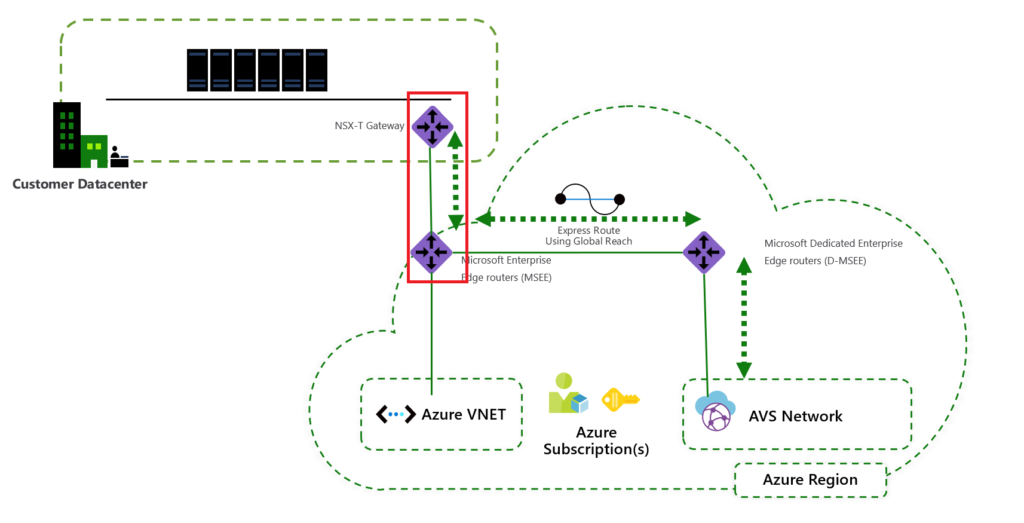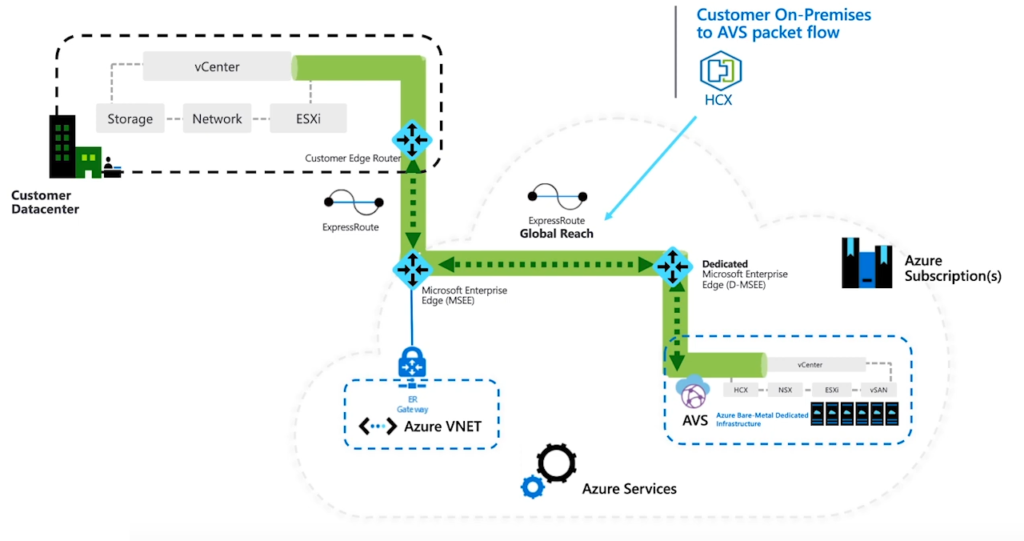Earlier this month, VMware released a new version of HCX, the powerful multi-cloud migration solution. With the help of HCX, you can easily migrate your virtual workloads between private clouds and, more importantly, to public cloud environments like Azure VMware Solution(AVS). Additionally, when HCX is being used in conjunction with public cloud SDDCs like AVS, cloud migrations would be as easy as running a vMotion internally inside your data center. Sounds great, isn’t it!

It is also important to note that many enterprises are using only site-to-site VPN as the connectivity method for on-prem to public cloud infrastructure. Because of this, formal support of HCX over VPN underlay has been asked by many organizations and customers.
Continue reading “HCX Enhancement for Azure VMware Solution”







